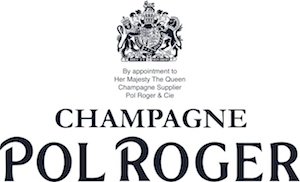From the beginning the club has been called The Barbarian Football Club. The reason for the name is shrouded in mystery, ranging from some classical authority who deemed it appropriate to give the club a name "dignified by the famous victory of Arminius over Varius and his legions in Germany some two thousand years ago" to that put forward by Emile de Lissa who thought it more likely the "Barbarian was chosen in defiance of those who would style all rugby players as just that".
The jersey has always been black and white with a monogram on the left breast, worn with dark shorts and the player's club stockings. The monogram in the first season consisted of the skull and cross bones with the letters B.F.C. under the monogram. This was, however, soon changed to one composed of the letters B.F.C. intertwined, which still exists today.
In 1895 a Club tie was introduced. It was presented to the club by F. Mitchell, being the colours of a cricket side which he took to the U.S.A. in 1895. This consisted of the colours dark blue and light blue in equal widths with a narrow white stripe between.
In 1929 the idea of a club blazer was formed. This consisted of a dark blue blazer with gilt buttons stamped B.F.C. and a pocket badge embroidered with two lambs gamboling with a rugby ball.
In 1930 a new badge was designed by Ian Stuart (an Irish International and Barbarian) embodying the composition of the Club. This consisted of two shields, one with the Rose, Thistle, Shamrock and Prince of Wales' Feathers, emblems of the Home Countries, and the other the Fern of New Zealand, Springbok of South Africa, and the Waratah of New South Wales (since, at that time, there was no Australian Rugby Union), the shields being surmounted by two lambs, jumping from one shield to the other in pursuit of a rugby ball. The design is so appreciated by members that despite the invitation of French, Italian, Romanian, Fijian, Russian, Samoan, Tongan and Canadian players amongst other nationalities in recent years, by unanimous agreement the badge remains unaltered.





